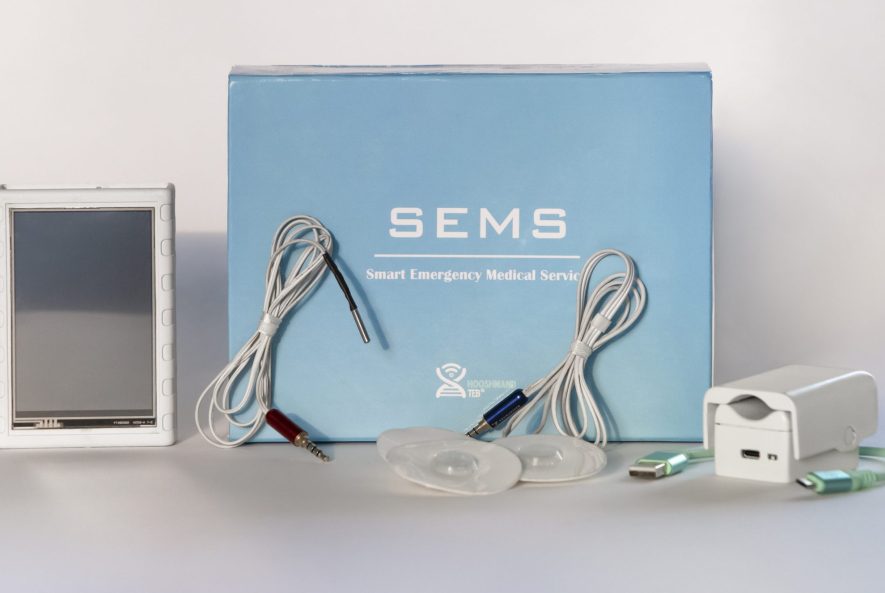“Remote Patient Monitoring (RPM) is a technology that enables regular monitoring of patients. This equipment allows for the monitoring of patients at home or in remote areas, potentially increasing access to medical care and reducing healthcare delivery costs.
Remote patient monitoring expands physicians’ access, provides a constant relationship between patients and caregivers, and offers a continuous stream of real-time health data. Now, RPM devices are becoming smarter and more affordable.
What is Telehealth?
Telehealth is the distribution of health-related services and information through electronic information and telecommunications technologies. It enables remote patient and physician interactions, including consultations, reminders, education, interventions, monitoring, and admissions. This technology is used to provide remote clinical services such as diagnosis and monitoring, especially when issues such as living in a village or a remote area, lack of transportation, immobility, budget constraints, or limited access to care services arise.
It also facilitates remote provider education; sessions, monitoring, and lectures among physicians; online information and health data management; and integration of healthcare systems.
Telehealth can include two physicians discussing a case in a video conference, robotic surgery occurring through remote access, physical therapy using digital monitoring tools, tests sent for interpretation among specialists, home patient monitoring via continuous health data transmission, online client consultations with doctors, or even video interpretation during consultations.
Goals of Telehealth
Improve patient care
Enhance access to medical care for rural and underserved areas
Provide better access to physicians for consultations
Make facilities available for physicians to guide automated examinations
Reduce healthcare costs
Establish medical care services (on a broad geographic and demographic scale)
Decrease patient transfers to treatment centers
Create a managed care environment in hospitals and healthcare centers
Applications of Telehealth
Telehealth has various applications aimed at improving individual accuracy and well-being in society. This phenomenon can be understood based on the type of information sent (such as clinical tests and radiographs), how this data is transmitted, and its meaning. Practical applications of this phenomenon include:
Natural disasters and wars
Health development in hard-to-reach areas
Chronic disease management
Air travel
Maritime travel during wars
Diagnosis, treatment, management, follow-up, and consultation
Education for service providers and the public
Medical information resources, including various databases and medical data banks
Some specific applications of telehealth include:
Remote consultation
E-learning
Remote prevention
Remote monitoring
Remote diagnosis
Remote rehabilitation
Remote surgery
Remote treatment of skin diseases
Remote ultrasound imaging
Remote pathology
Remote treatment of cognitive disorders.”


